Avalanche投资:值不值得?
 发布于2025-04-01 阅读(0)
发布于2025-04-01 阅读(0)
扫一扫,手机访问
Avalanche (AVAX): A Deep Dive for Potential Investors
Deciding whether to invest in cryptocurrencies is tough, even for seasoned professionals. Let's explore Avalanche as a potential investment, weighing its pros and cons to help you make an informed decision.
Avalanche: A High-Speed Blockchain
Avalanche has gained significant traction in the crypto space due to its high-speed blockchain platform, designed for decentralized applications (dApps), decentralized finance (DeFi), and digital assets. Its consensus protocol is a key strength, enabling near-instant transactions and scaling to thousands per second. This efficiency makes it attractive to developers and businesses seeking a faster, cheaper alternative to platforms like Ethereum. Furthermore, its compatibility with Ethereum smart contracts via the Avalanche-Ethereum Bridge significantly expands its use cases and demand.
The Investment Landscape: Potential and Pitfalls
Investing in Avalanche could yield substantial returns. However, the crypto market is notoriously volatile. AVAX's price is influenced by network adoption, partnerships, regulatory changes, and overall sentiment towards blockchain technology. While the platform's rapid development and innovative features are compelling, it's crucial to remember the inherent risks of market speculation and potential regulatory hurdles. Diversification and a long-term perspective are vital for mitigating risk while still aiming for growth.
Avalanche Price History: A Rollercoaster Ride
Understanding past performance can offer insight, though it's not a predictor of future results. Here's a look at AVAX's price history:
2020: Launched in September at approximately $4, fluctuating between $3 and $5 by year-end as it gained traction.
2021: Experienced a rapid price surge early in the year, driven by a broader crypto bull market and network growth, reaching $50 in February. It remained volatile throughout the year ($20-$40 range), fueled by DeFi projects launching on Avalanche and increased interest in its Ethereum compatibility. It hit an all-time high of $146 in November, boosted by initiatives like Avalanche Rush and strategic partnerships.
2022: Started around $110 but faced a significant downturn due to bear market sentiment and macroeconomic challenges, trading between $20 and $30 by mid-year. This downward trend continued throughout the year, ending around $10-$15, reflecting overall bearish sentiment in the crypto industry.
2023: The price remained subdued ($10-$20 range) early in the year, reflecting the lingering effects of 2022 and regulatory uncertainty. While the market showed some signs of recovery, AVAX remained stagnant ($10-$15), with ecosystem growth slowing compared to 2021's peak. The year ended with AVAX showing some stability but lacking significant upward momentum.
2024 (Projection): Starting the year around $10-$15, a cautious optimism prevails, contingent on continued technological advancements and partnerships. A potential price range of $20-$30 by year-end is possible if market sentiment improves and Avalanche's adoption continues.
Investing in AVAX: Factors to Consider
Before investing, carefully consider these factors:
Market Volatility: AVAX, like most cryptocurrencies, is highly volatile, susceptible to market sentiment, news events, regulatory changes, and broader macroeconomic conditions. Prices can swing dramatically in short periods.
Technology and Adoption: Avalanche's success hinges on its technology and widespread adoption by developers and users. Evaluate its platform's progress, the number of dApps built on it, and whether its technological advantages continue to attract users and developers.
Regulatory Risk: Changes in regulations, particularly those concerning DeFi, cryptocurrencies, or blockchain technology, can significantly impact AVAX's price or usability. Stay informed about legal frameworks in your jurisdiction.
Ecosystem Growth: Avalanche's future growth heavily relies on the strength and expansion of its ecosystem. While it supports DeFi, NFTs, and other dApps, the pace of ecosystem development and partnerships is crucial.
Is Avalanche a Good Long-Term Investment?
Avalanche has long-term investment potential, but its suitability for your portfolio depends on:
Robust Technology and Scalability: Avalanche's core technology offers advantages in speed, scalability, and low transaction costs. Continued platform improvements and project attraction could solidify its position as a leading blockchain, supporting long-term value growth for AVAX.
Ecosystem Growth and Partnerships: Avalanche has demonstrated ecosystem growth through partnerships and initiatives. Maintaining this momentum and diversifying applications is crucial, especially with competition from Ethereum, Solana, and others.
Adoption and Demand: Widespread adoption—more developers building on the network, institutional interest, and AVAX usage for staking, governance, and transaction fees—is essential for long-term value appreciation.
Market and Regulatory Factors: Cryptocurrency markets are highly speculative and volatile. AVAX's long-term price will be influenced by broader market trends, including interest in blockchain technology, competition, and regulatory changes. Be prepared for market cycles and regulatory challenges.
Risk and Competition: Avalanche operates in a competitive landscape. Its long-term viability depends on its ability to stay ahead of competitors, innovate continuously, and expand its user base.
Avalanche possesses a strong technological foundation and a rapidly growing ecosystem, making it a potentially promising long-term investment. However, its success hinges on continued adoption, competition, and the broader market environment. Remember, diversification and risk management are crucial in the volatile world of cryptocurrencies.
When to Sell Your AVAX
Consider selling your AVAX when:
Financial Goals Achieved: Reach your profit or price targets.
Market Conditions: Sell during a bull market or when market sentiment is extremely positive to lock in profits before a potential downturn.
Technical Indicators: Use tools like the Relative Strength Index (RSI) to identify overbought conditions, suggesting a potential sell point before a correction.
Fundamental Changes: Consider selling if significant negative changes occur, such as increased competition, regulatory challenges, or slowing network adoption.
Tax Considerations: Consider selling after holding AVAX for over a year to potentially benefit from favorable long-term capital gains tax rates (if applicable in your region).
A clear, unemotional strategy, combined with these factors, will help you determine the optimal time to sell, aligning with your goals and risk tolerance.
产品推荐
-

售后无忧
立即购买>- DAEMON Tools Lite 10【序列号终身授权 + 中文版 + Win】
-
¥150.00
office旗舰店
-

售后无忧
立即购买>- DAEMON Tools Ultra 5【序列号终身授权 + 中文版 + Win】
-
¥198.00
office旗舰店
-

售后无忧
立即购买>- DAEMON Tools Pro 8【序列号终身授权 + 中文版 + Win】
-
¥189.00
office旗舰店
-

售后无忧
立即购买>- CorelDRAW X8 简体中文【标准版 + Win】
-
¥1788.00
office旗舰店
-
 正版软件
正版软件
- gate.io如何买狗狗币
- 在Gate.io购买狗狗币的步骤包括:1.注册账户;2.入金资金;3.前往交易页面购买狗狗币(限价单或市价单)。请注意,加密货币市场波动较大,投资前请谨慎。
- 5分钟前 0
-
 正版软件
正版软件
- 有人欢喜,有人忧,香港的现货加密ETF惨不忍睹
- 最近关于美帝要通过以太坊现货ETF的消息闹得沸沸扬扬,以太坊也应声大涨20%。其实早在上个月,香港就率先批准了以太坊的现货ETF,当时对以太坊的价格完全没有任何波澜在以太坊暴涨的背景下,昨天香港三家机构的以太坊现货ETF净流入也只有62.8个。这个表现甚至还不如我币安广场上的一个散户粉丝:香港的以太坊ETF也不仅仅是昨天表现不行,而是自从发行以来就一直不太行:除了发行第一台有一些流入之外,剩下长时间感觉就在左右手倒腾刷交易量。不仅以太坊ETF是这个样子,比特币的ETF也是这样:除了第一天有三千多个比特币的
- 25分钟前 0
-
 正版软件
正版软件
- 币安里怎么购买狗狗币
- 可以通过以下步骤在币安购买狗狗币:1.创建一个币安账户;2.为账户注资;3.搜索狗狗币;4.下单,输入购买数量或金额;5.确认并完成购买。
- 35分钟前 0
-
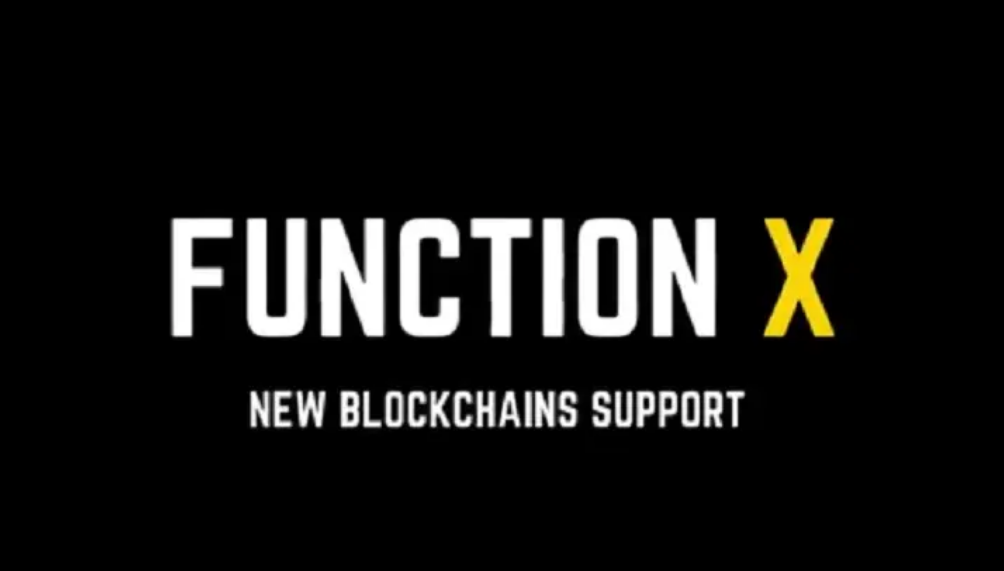 正版软件
正版软件
- fx币未来走势如何
- FX币的未来走势取决于多种因素,包括市场情绪、法规环境、竞争对手、技术发展和全球经济状况。基于这些因素,可能的未来走势包括看涨情景(价格大幅上涨)、看跌情景(价格大幅下跌)和中性情景(价格保持稳定)。
- 55分钟前 0
-
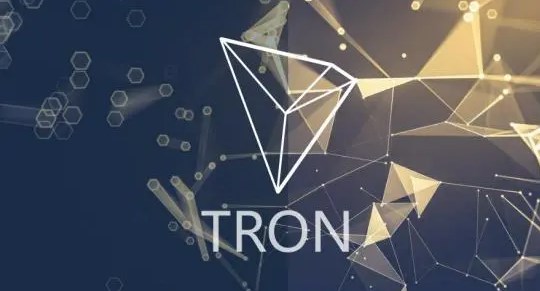 正版软件
正版软件
- 波场币会涨到多少钱
- 波场币未来涨幅取决于技术进展、生态系统增长、行业采用、市场情绪和竞争。专家预测,到2023年,其价值可能介于0.15美元至0.25美元之间,到2025年可能介于0.50美元至1.0美元之间,到2030年可能介于2.0美元至5.0美元之间,但需要注意的是,这些只是预测,实际涨幅可能因各种因素而异。
- 1小时前 18:14 0
最新发布
-
 1
1
- 阿里追捧的中台,“热度”退了?
- 1983天前
-
 2
2
- Overture设置踏板标记的方法
- 1820天前
-
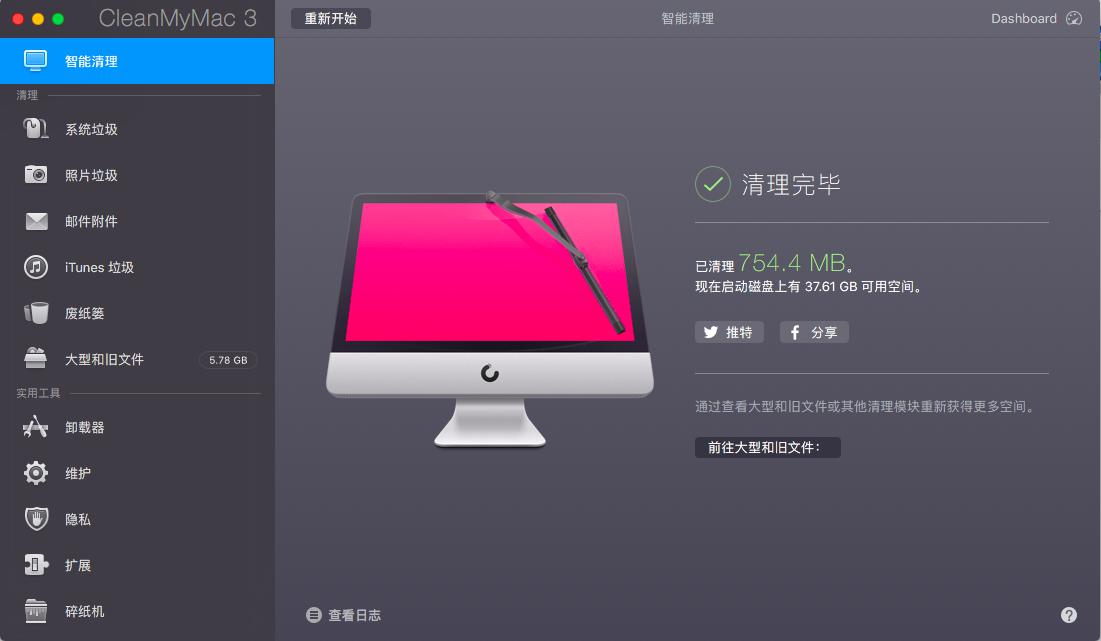 3
3
- 思杰马克丁取得CleanMyMac中国区独家发行授权
- 1810天前
-
 4
4
- IBM:20万台Mac让公司职工在工作中更快乐 更多产
- 2008天前
-
 5
5
- 报道称微软一直在悄然游说反对“维修权”立法!
- 1974天前
-
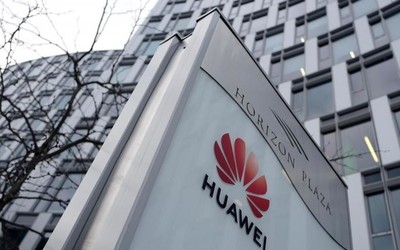 6
6
- 美国怀疑华为窃取商业机密 华为:身正不怕影子斜
- 1970天前
-
 7
7
- 三星被曝正与联发科接洽 A系列手机有望搭载其5G芯片
- 1985天前
-
 8
8
- 环球墨非完成千万级融资 联合企业集团投资
- 2006天前
-
 9
9
相关推荐
热门关注
-
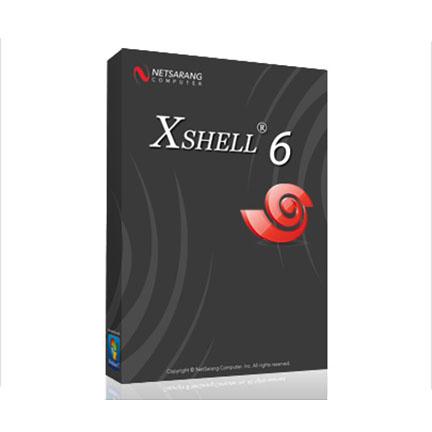
- Xshell 6 简体中文
- ¥899.00-¥1149.00
-

- DaVinci Resolve Studio 16 简体中文
- ¥2550.00-¥2550.00
-

- Camtasia 2019 简体中文
- ¥689.00-¥689.00
-

- Luminar 3 简体中文
- ¥288.00-¥288.00
-
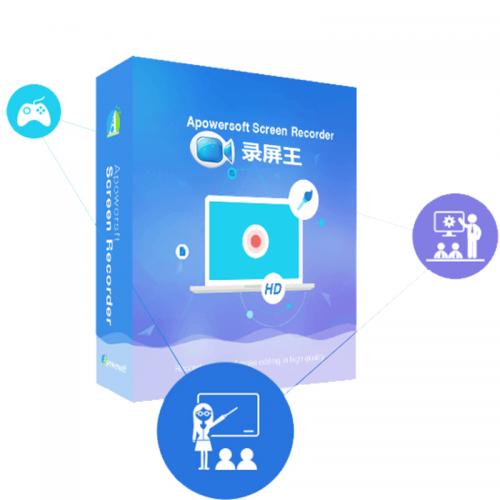
- Apowersoft 录屏王 简体中文
- ¥129.00-¥339.00